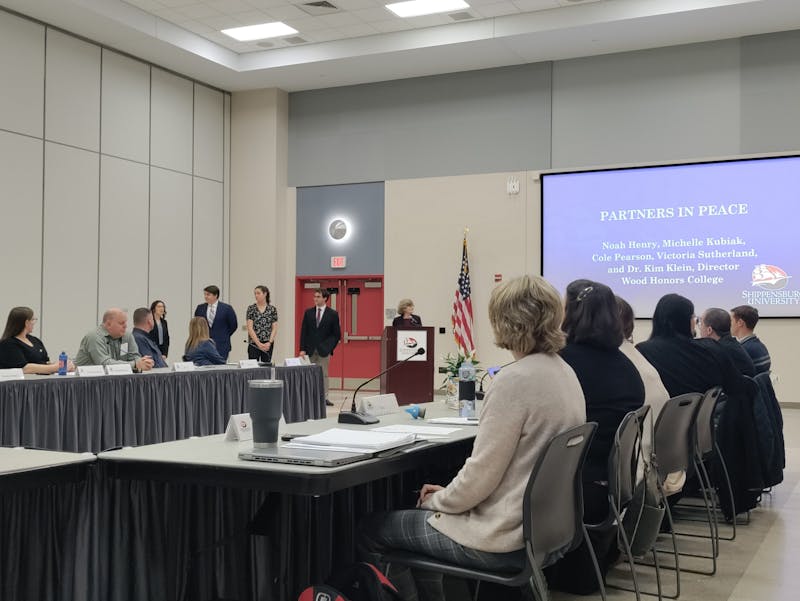The federal government shutdown that began on Oct. 1 has ended following the signing of a funding bill by President Trump on Wednesday, Nov. 12, a CBS News report suggests.
In the same week, the bill was voted on by the House and the Senate before ending up on the president’s desk. The bill narrowly passed, with a vote of 222 to 209 in the House, the same CBS report states. Six Democrats and two Republicans crossed the aisle in the vote.
According to a Politico article, the bill aims to extend funding for federal agencies until midnight on Jan. 30. Democrats opposed the bill, as it did not address the extension of the enhanced tax credits under the Affordable Care Act, which are set to run out at the end of the year.
In an agreement with Republicans in the Senate, Democrats will hold a vote in December on a separate bill to extend the tax credits before the end-of-year deadline, the same Politico article suggests. This has drawn criticism from House Democrats, who say that by conceding to Republicans in the Senate, they have lost leverage to vote on the extension.
This past federal shutdown lasted 43 days, taking the title of the longest in U.S. history. The previous title was held by the shutdown that occurred in December 2018 during Trump’s first term in office, which lasted 35 days.
According to political science professor Alison Dagnes, shutdowns are more likely to be a commonplace as politics grow increasingly hostile on Capitol Hill.
“The reason for so many shutdowns is two-fold,” she said. “First, we are becoming super polarized, and everything is framed as a war instead of a policy debate. Additionally, when the margins in each branch of Congress are so small, everything becomes existential to win the next election.”
The small margin between Democratic and Republican seats in Congress is a leading reason why stalemates are becoming more common. There is a three-seat difference between the two parties in the Senate, for example.
“Instead of compromising and talking to the other side of the aisle, the two parties take their balls and go home,” she continued.
In a trend of breaking political deadlocks, Pennsylvania Gov. Josh Shapiro signed a $50 billion state budget, bringing an end to a four-month-long stalemate that has led to funding delays across the Keystone State, according to a CBS News report. This year’s budget marks a nearly $3 billion dollar increase from the previous fiscal year.
Among the list of programs included in the budget, the State Food Purchase Program is set to receive $30 million in funding, stated by the same CBS report. This comes at a time when SNAP benefits are still facing setbacks due to the federal shutdown.
As many students may still be waiting for the disbursement of their PHEAA grant or other financial aid, several campus resources were highlighted in an SU News email sent out on Oct. 30.
Among the list is Big Red’s Cupboard, which is a free resource that provides food and basic hygiene products to Shippensburg University students. It is open during both daytime and evening hours. Students are encouraged to follow @BigRedsCupboard on Instagram for further information.


The Slate welcomes thoughtful discussion on all of our stories, but please keep comments civil and on-topic. Read our full guidelines here.